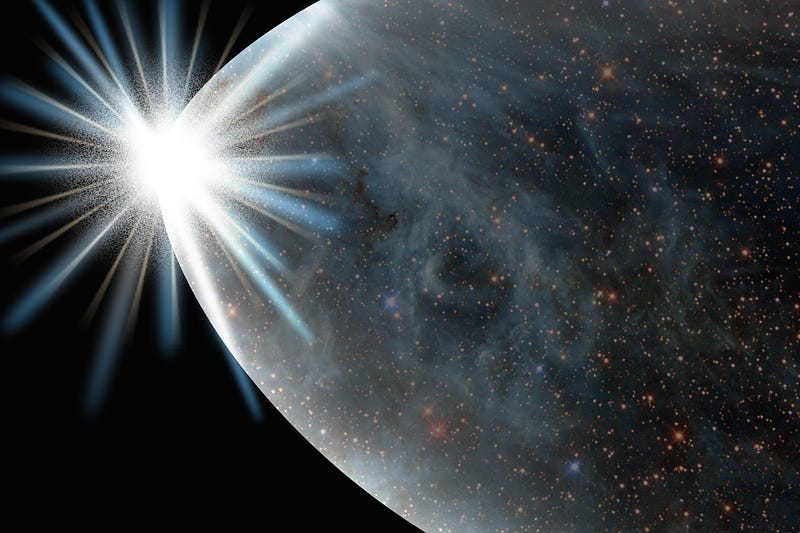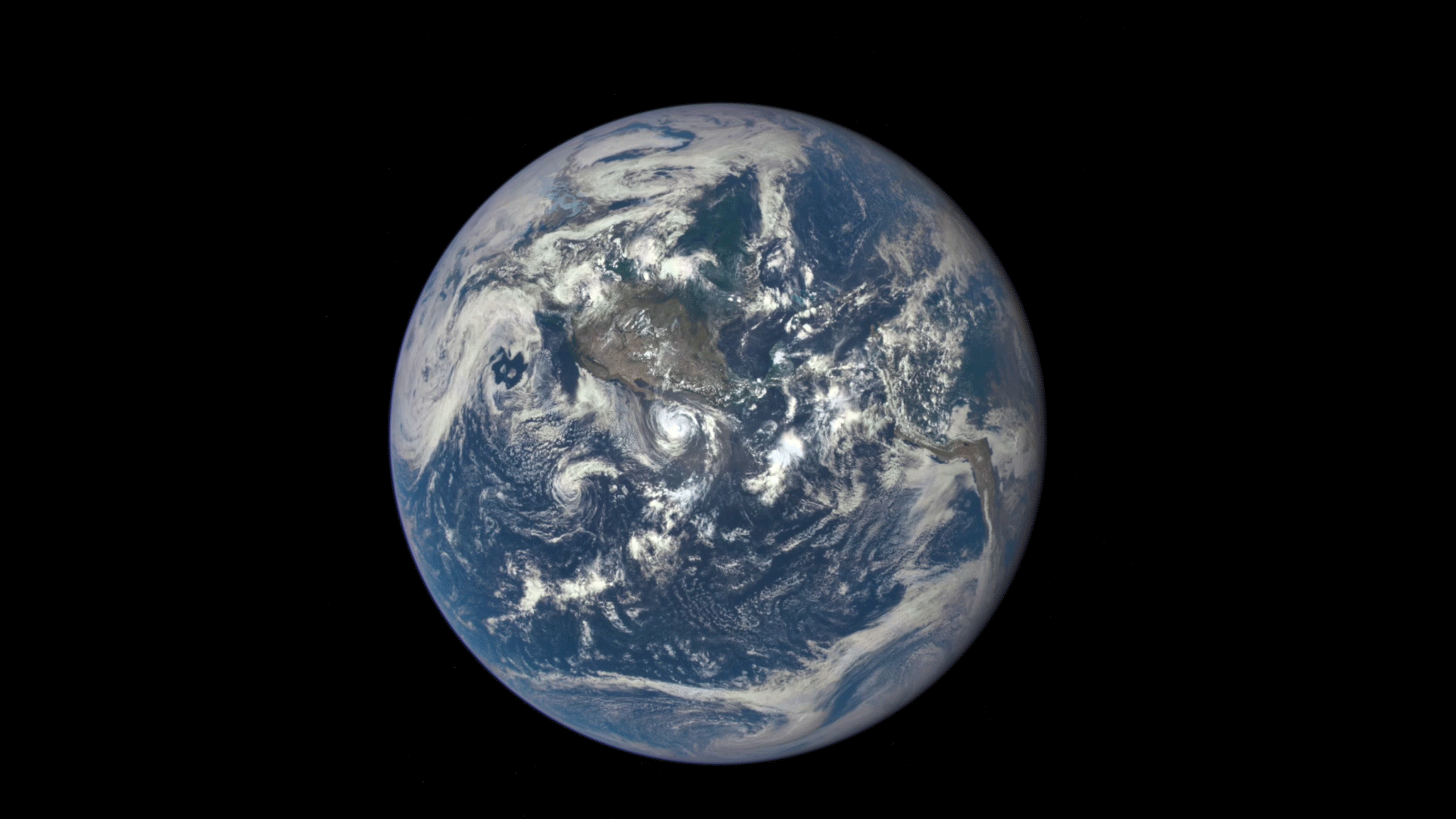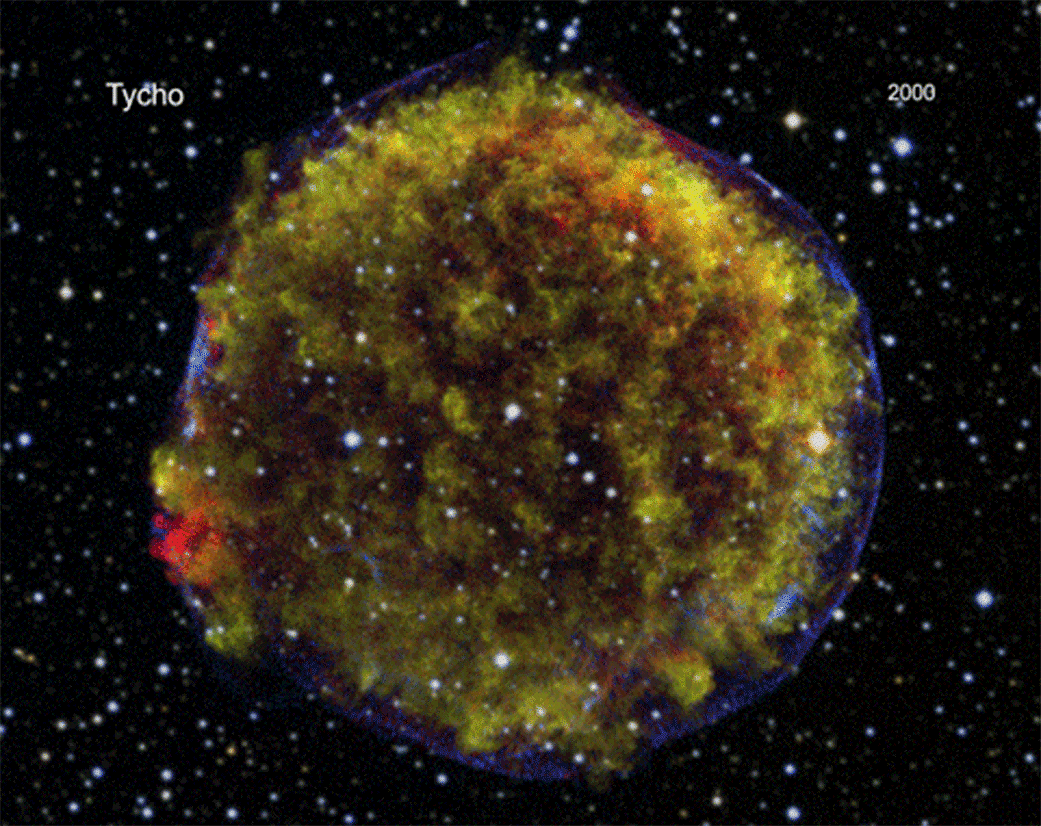Understanding the Multiverse: Insights from the Anthropic Principle
Written on
Chapter 1: The Inflationary Universe
The inflationary theory posits that shortly after the Big Bang, the universe experienced a rapid expansion facilitated by repulsive gravity. This concept addresses several cosmic enigmas, such as the flatness issue, monopole existence, Cosmic Microwave Background (CMB) fluctuations, and the horizon dilemma.
This paragraph will result in an indented block of text, typically used for quoting other text.
Section 1.1: The Nature of Our Reality
Our comprehension of reality remains limited. The environment around us—encompassing lush vegetation, weathered lighthouses, vast oceans, sun-drenched deserts, and creaking houses—illustrates our unfamiliarity with the cosmos. Most of the universe is devoid of matter visible to us and is characterized by an inhospitable temperature of -270 degrees Celsius (-460 degrees Fahrenheit).

Earth is privileged with numerous resources that make the absence of life elsewhere more understandable. Our sun, a stable star, orbits at a perfect distance to sustain liquid water. Additionally, our position relative to the galactic center, home to the supermassive black hole Sagittarius A*, is crucial; being too close would expose us to lethal radiation, while being too far would limit the availability of essential elements for life.
Section 1.2: The Role of Our Solar System
Jupiter, the magnificent giant beyond the rocky belt, acts as a shield against asteroid collisions that could devastate Earth. The specific orbital patterns of our planets prevent interactions with toxic gas giants, further ensuring our survival. Other factors, like the vastness of our oceans, tectonic movements, atmospheric composition, and even the axial tilt of our planet, all play vital roles in fostering life.
Chapter 2: The Moon's Impact on Earth
The moon, beyond being a source of inspiration, plays a critical role in stabilizing Earth's rotation. Any variances in our spin over millions of years could lead to extreme climatic changes, making the development of DNA impossible. Currently, the moon is gradually moving away, and in approximately 2 billion years, it may no longer support life on our planet. Thus, its size and position are additional gifts that contribute to our existence.

This fortunate arrangement extends beyond Earth and our Solar System. Examining the fundamental constants of the universe reveals a remarkable situation. We seem to exist in a cosmic treehouse, amid a vast celestial forest, untouched by the destructive forces that surround us.
Video Description: This video delves into the Anthropic Principle, examining how our existence may suggest the existence of a multiverse.
The specific conditions of our universe, capable of supporting life, arise from fundamental constants governed by various forces. For instance, the electromagnetic force strength is approximately 0.0073, and the mass of an electron is just a fraction of that of a proton. The delicate balance of these numbers, particularly the cosmological constant (lambda), suggests a universe that is finely-tuned rather than a mere coincidence.
Section 2.1: The Cosmological Constant
Lambda represents the dark energy permeating space, fueling its continuous expansion. Its precise value, 1.38 x 10^-123 in Planck units, raises questions about chance versus design in our universe. The anthropic principle explores the connection between humanity and the cosmos, pondering why it appears as though the universe is tailored for life.

In science, we prefer a Copernican perspective, acknowledging that humanity does not occupy a privileged position. The constants of nature should remain impartial to our existence. To uphold this view in light of the notable cosmological constant, the idea of a multiverse must be considered.
Chapter 3: The Multiverse Hypothesis
Anthropic reasoning can also be applied to understand stellar conditions. As carbon-based life forms, our universe must possess specific characteristics—size and age—allowing stars to synthesize heavier elements, which are essential for life.
Video Description: Luke Barnes discusses the significance of the Anthropic Principle, shedding light on its implications for our understanding of the universe.
If a multiverse exists, the uniqueness of the constants diminishes, aligning with the Copernican principle. The values we observe may merely reflect averages across countless universes, where the emergence of life is statistically probable. In this vast multiverse, most universes would be sterile, devoid of life.
Section 3.1: The Scope of the Multiverse
The multiverse hypothesis suggests that for every possible value of the cosmological constant, there could be at least 10^12 unique universes. This staggering number surpasses the total number of atoms in the sun and even exceeds the total number of atoms in all stars across the universe. Hence, any multiverse theory must be expansive and intricate.

The implications of string theory further support the existence of a multiverse, with its additional dimensions potentially allowing for 10^500 distinct universes. Research by physicists Raphael Bousso and Joe Polchinski indicates that the cosmological constant values vary widely across this extensive dimensional landscape due to influences such as magnetic flux.
Moreover, the inflationary model also aligns with multiverse theory, proposing that eternal inflation generates "daughter" universes that continuously branch off from the original cosmos. This model merges cosmology with particle physics, suggesting multiple simultaneous states across various parallel worlds.
Section 3.2: The Anthropic Principle Revisited
The anthropic principle presents a compelling framework. Through a handful of elegant physical laws, we can explain much about the universe. However, we must remain aware of the selection bias inherent in our observations. The rich ecosystem we inhabit influences our understanding of the cosmos. To gain a comprehensive insight, we must consider both the visible and the unseen realms around us—such as the world of bacteria, the fluctuations of empty space, and the enigmatic realm of dark matter, as well as potential dimensions yet to be discovered.